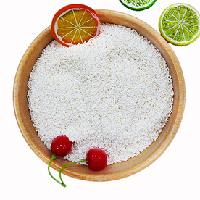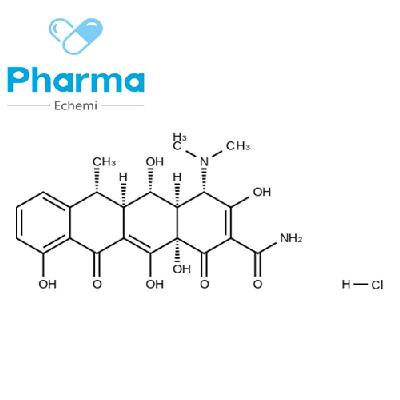-
Categories
-
Pharmaceutical Intermediates
-
Active Pharmaceutical Ingredients
-
Food Additives
- Industrial Coatings
- Agrochemicals
- Dyes and Pigments
- Surfactant
- Flavors and Fragrances
- Chemical Reagents
- Catalyst and Auxiliary
- Natural Products
- Inorganic Chemistry
-
Organic Chemistry
-
Biochemical Engineering
- Analytical Chemistry
-
Cosmetic Ingredient
- Water Treatment Chemical
-
Pharmaceutical Intermediates
Promotion
ECHEMI Mall
Wholesale
Weekly Price
Exhibition
News
-
Trade Service
Biocytogen (Beijing) Pharmaceutical Technology Co.
, Ltd.
("Biocytogen", stock code: 02315.
HK) announced the successful development of RenNano®
, a fully human nanobody mouse.
This is another RenMice series of fully human antibody mice®
after the successful development of RenMab® and RenLite®.
So far, Biocytogen has integrated comprehensive antibody drug development capabilities
such as fully human monoclonal antibody, fully human bispecific antibody and fully human nanobody.
In nature, humans and mice can only produce antibodies that require heavy light chain pairing to exert biological functions; Alpacas and sharks can produce only heavy-chain antibodies (HCAbs), and their heavy-chain variable region VHH (also known as single-domain antibodies, sdAbs) can bind antigens alone without pairing with light chains (Figure 1).
Because the size of sdAb is at the nanometer level, it is also called nanobody (Nb).
Nanobodies have small molecular weight and good permeability, which can cross the blood-brain barrier, infiltrate tumors, and reach areas that ordinary antibodies cannot reach; At the same time, because its CDR3 region is longer than that of ordinary antibodies, it can touch the hidden epitopes of difficult targets such as GPCRs, which is of great significance
for solving refractory diseases.
At the same time, because of its simple structure and no need for pairing, it is suitable for modular assembly and easy to build dual/multi-antibody, CAR-T, etc
.
Although nanobodies have their unique advantages, because alpacas belong to large animals, long reproductive cycles and few litters, alpacas cannot be widely used
as mice in the preparation of monoclonal antibodies.
At the same time, alpaca antibody sequences must be humanized to carry out drug development, which also increases the complexity and time cycle
of drug development.
Biocytogen further modified the constant region of antibodies on the basis of the fully human antibody mouse RenMab to develop RenNano® mice that can spontaneously generate HCAb® (Figure 2).
Compared with the few other nanobody models in the world, Biocytogen's RenNano® mice carry a complete human antibody heavy-chain variable region gene with in-situ position, and the fully human single-chain antibody sequence produced can be used for drug development without in vitro humanization modification, saving a lot of time and costs, and reducing the risk of
subsequent development.
Based on the rapid reproductive ability of mice and the mature murine monoclonal antibody preparation technology, RenNano® mice can be used for large-scale high-throughput full-human HCAb development
compared to other single-chain antibody animals such as alpacas.
After immunizing RenNano® mice with a variety of different antigens, HCAb antibodies
with diverse CDR3 sequences and rich recognition epitopes were obtained.
These antibody-binding antigens are light chain independent and have high affinity
at the nM level.
Experiments have shown that RenNano-derived® antibodies have good biological functions
in vitro and in vivo.
The successful development of RenNano®, a fully human nanobody mouse, will greatly drive the progress of Biocytogen's innovative drug development and expand the scope of
global cooperation.
Partners are welcome to work with us to develop nanobody drugs
.







